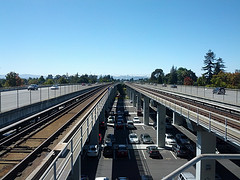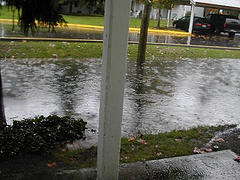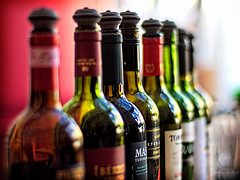We are proud to live in a city and a region that are committed to making public transportation a viable, workable option. Public transportation is good for the environment. It is also a healthy option since those using public transit are more likely to walk for a portion of their commute than drivers using their own private vehicles. Public transportation systems such as The San Francisco Municipal Railway (“Muni”) and Bay Area Rapid Transit (“BART”) also shape a region’s identity and promote a sense of unification. Nonetheless, public transportation accidents are an unfortunate reality. Even a single-vehicle crash can impact dozens of travelers. As a San Francisco public transportation injury lawyer, Attorney Greg Brod helps these victims. Whether dealing with a Muni crash in town or a BART accident anywhere in the region, Attorney Brod helps injured people recover the compensation they need and deserve.
Shining a Light on “BART’s Track Troubles”
On Monday, The San Francisco Chronicle published a column titled “BART’s Track Troubles Can’t Be Ignored.” The report, a must-read for users of the rail network, suggests that hazardous and/or deteriorating tracks may put the safety of thousands at risk. In recent years, public officials have focused on expanding BART’s reach and its  operating hours; twin goals that may come at the expense of maintenance on existing lines. BART opened in 1972 (43 years ago). Since then, only about 20% of the tracks have been replaced. In contrast, federal officials estimate tracks have a 25 year life span while BART officials say tracks should last 20 to 35 years depending on location.
operating hours; twin goals that may come at the expense of maintenance on existing lines. BART opened in 1972 (43 years ago). Since then, only about 20% of the tracks have been replaced. In contrast, federal officials estimate tracks have a 25 year life span while BART officials say tracks should last 20 to 35 years depending on location.
 San Francisco Injury Lawyer Blog
San Francisco Injury Lawyer Blog













 Last month, Governor Brown proposed a $1 billion water-related relief plan. In the midst of a drought of staggering proportions, many were shocked to learn that more than half of the proposed spending is earmarked for flood-control.
Last month, Governor Brown proposed a $1 billion water-related relief plan. In the midst of a drought of staggering proportions, many were shocked to learn that more than half of the proposed spending is earmarked for flood-control.  The Chronicle discusses information gathered by Zendrive, a driving safety blog that collected ten years’ worth of information using sensors in more than one thousand driver’s phones to map out the areas in San Francisco where a bicyclist-vs.-driver crash is most likely. Given that they are among the most popular routes, it is not surprising that downtown, the Mission, SoMa, and the Panhandle/Lower Haight area saw the most accidents. Driving offenses were particularly common in SoMa and the 19th Avenue corridor where drivers often speed and pull out their cell phones to pass the time when they are frustrated by unexpected traffic. For more details on the accident hot spots, see the
The Chronicle discusses information gathered by Zendrive, a driving safety blog that collected ten years’ worth of information using sensors in more than one thousand driver’s phones to map out the areas in San Francisco where a bicyclist-vs.-driver crash is most likely. Given that they are among the most popular routes, it is not surprising that downtown, the Mission, SoMa, and the Panhandle/Lower Haight area saw the most accidents. Driving offenses were particularly common in SoMa and the 19th Avenue corridor where drivers often speed and pull out their cell phones to pass the time when they are frustrated by unexpected traffic. For more details on the accident hot spots, see the  California couples as the named plaintiffs. The plaintiffs say that people who drink the specifically named wines have become the “unwitting ‘guinea pigs’ of arsenic exposure.” The suit alleges that the defendants failed to warn consumers that the products, low-cost wines from well-known wineries like Korbel and Cupcake, contained a dangerous amount of inorganic arsenic. Further, the Complaint says there was 500% more arsenic than is considered acceptable in the wines and that the contamination stemmed from negligent and misleading actions by the defendant wineries.
California couples as the named plaintiffs. The plaintiffs say that people who drink the specifically named wines have become the “unwitting ‘guinea pigs’ of arsenic exposure.” The suit alleges that the defendants failed to warn consumers that the products, low-cost wines from well-known wineries like Korbel and Cupcake, contained a dangerous amount of inorganic arsenic. Further, the Complaint says there was 500% more arsenic than is considered acceptable in the wines and that the contamination stemmed from negligent and misleading actions by the defendant wineries. 